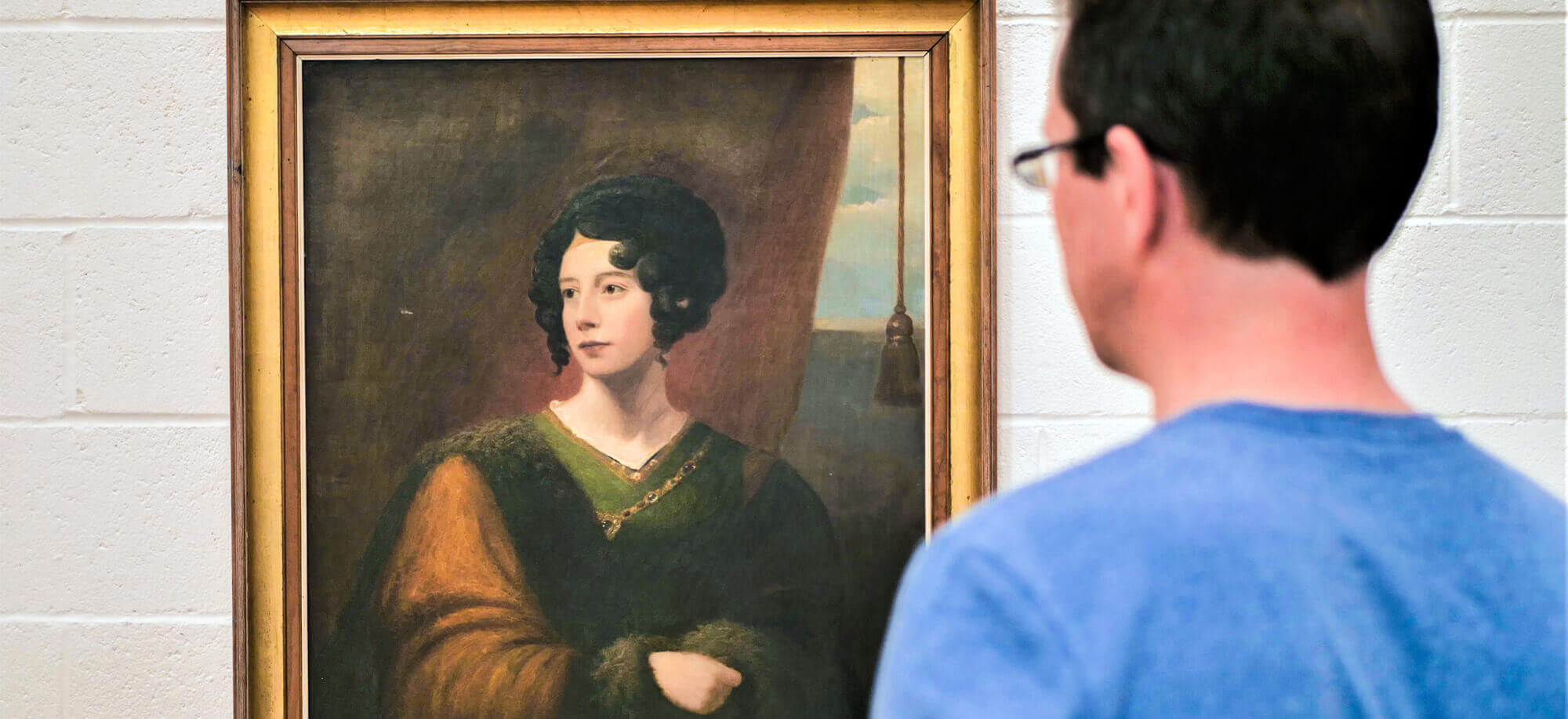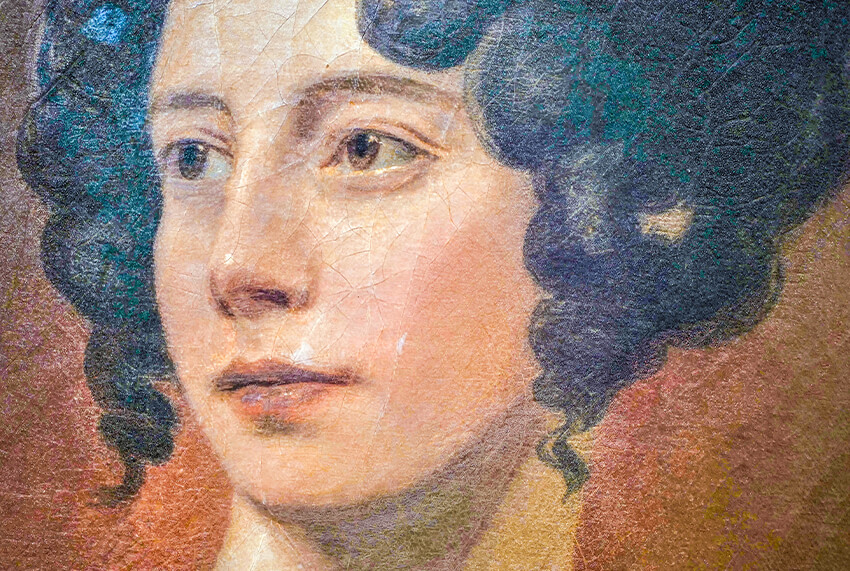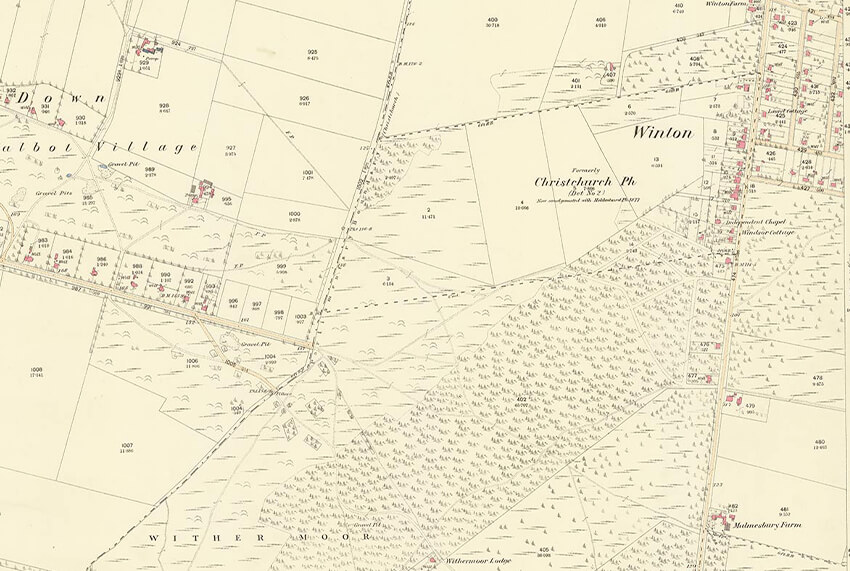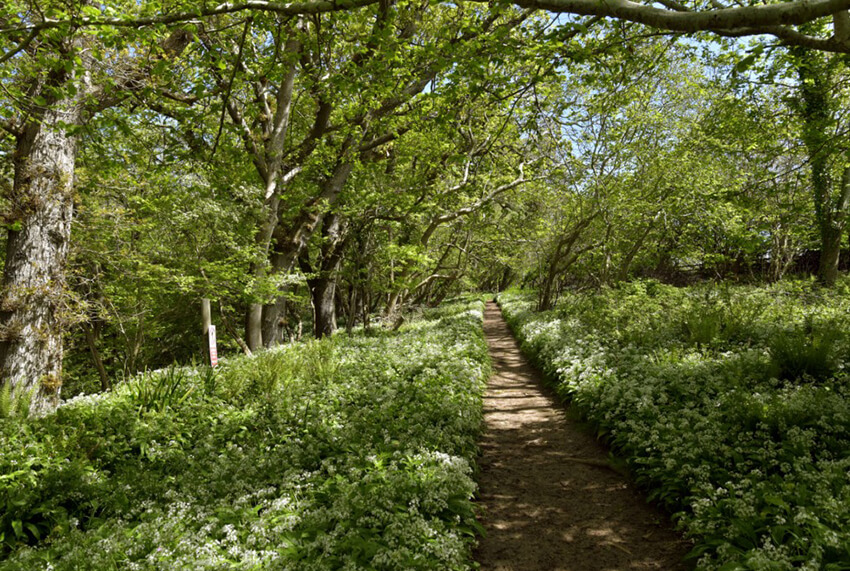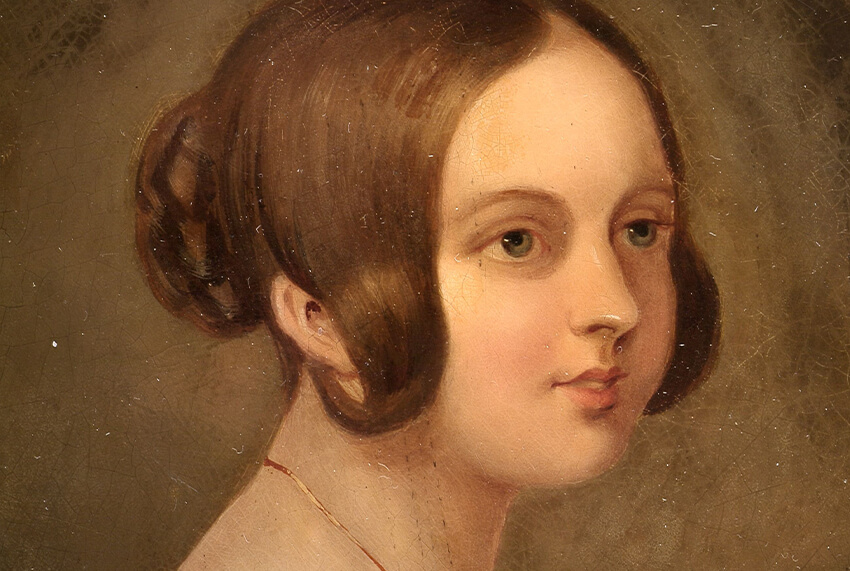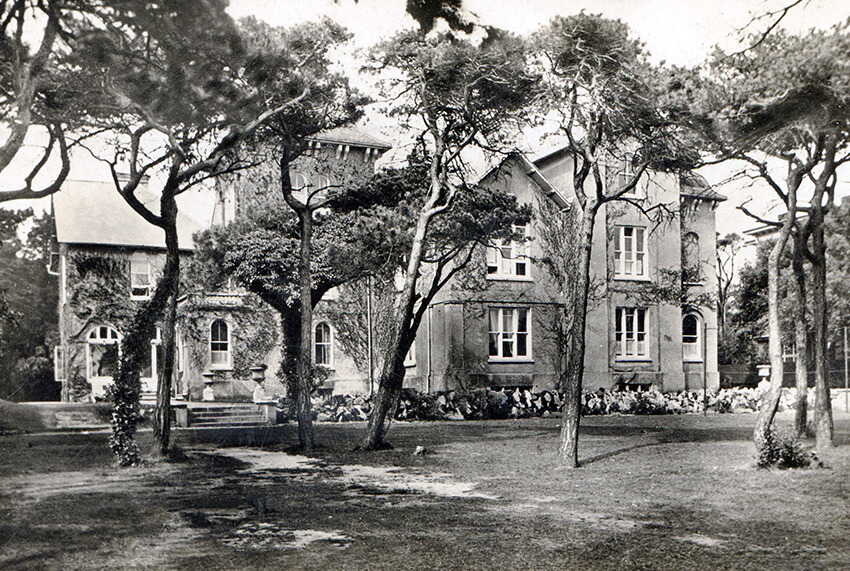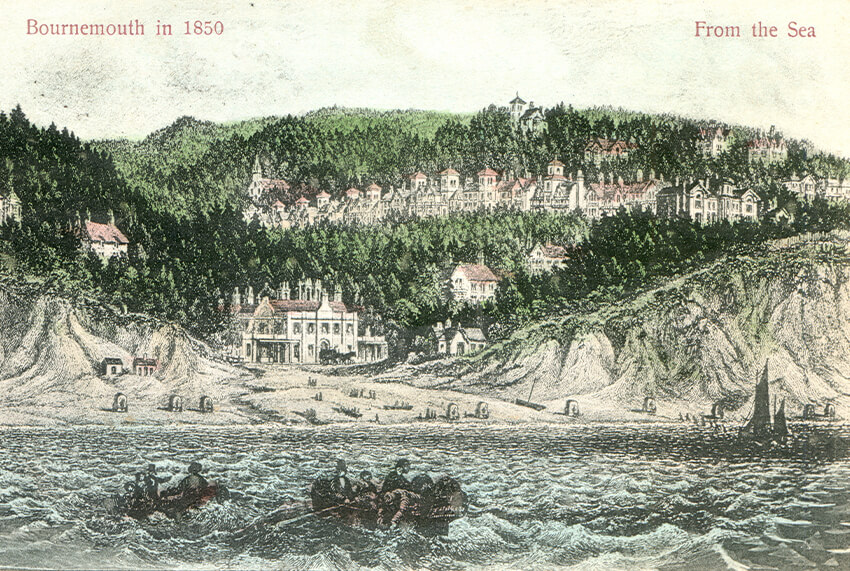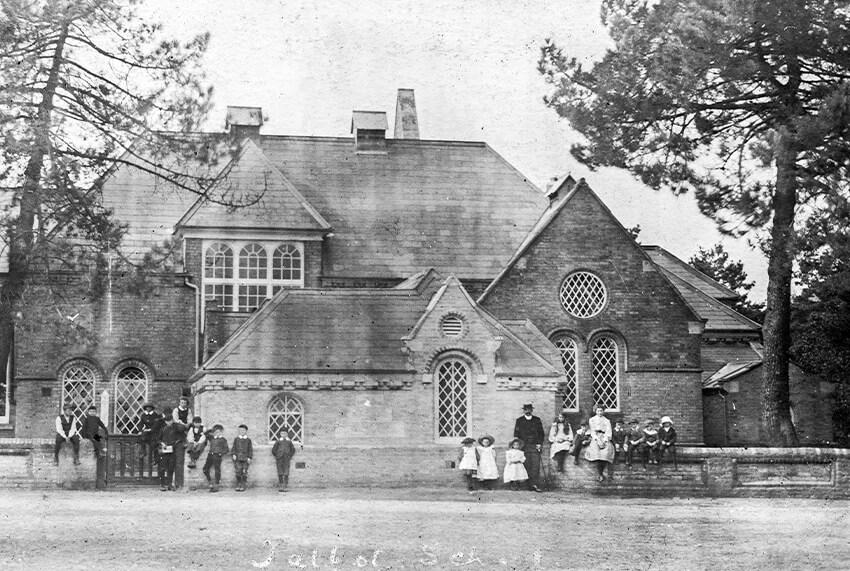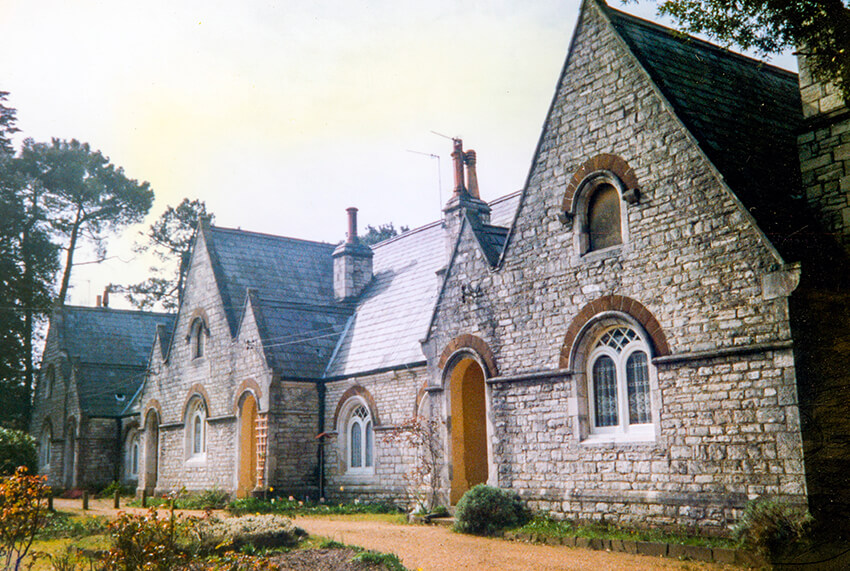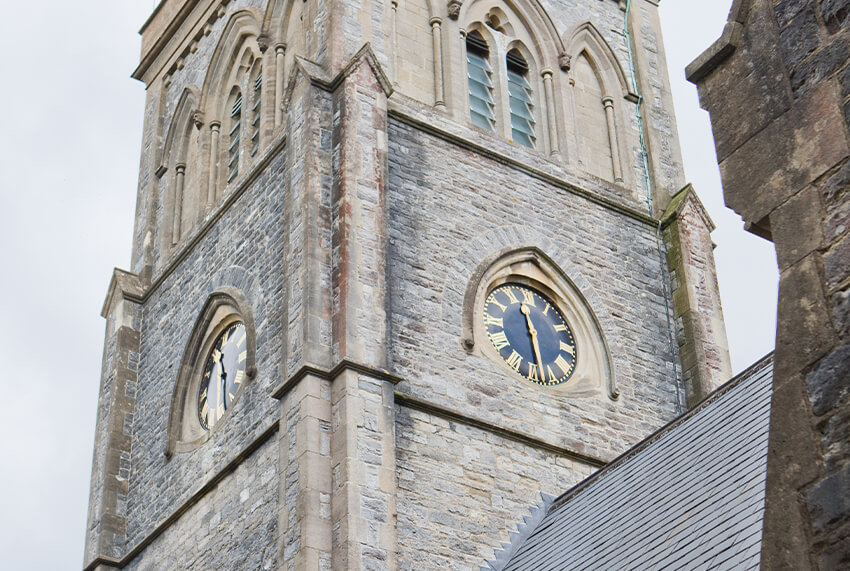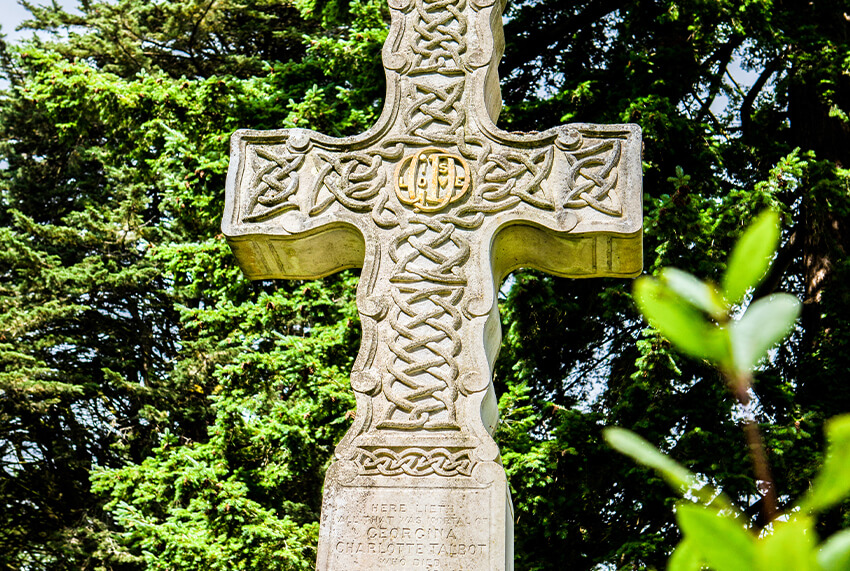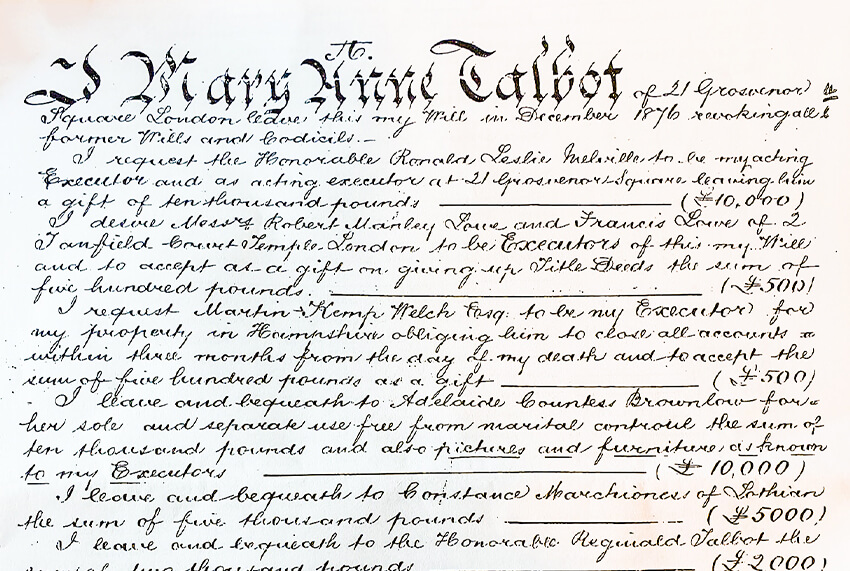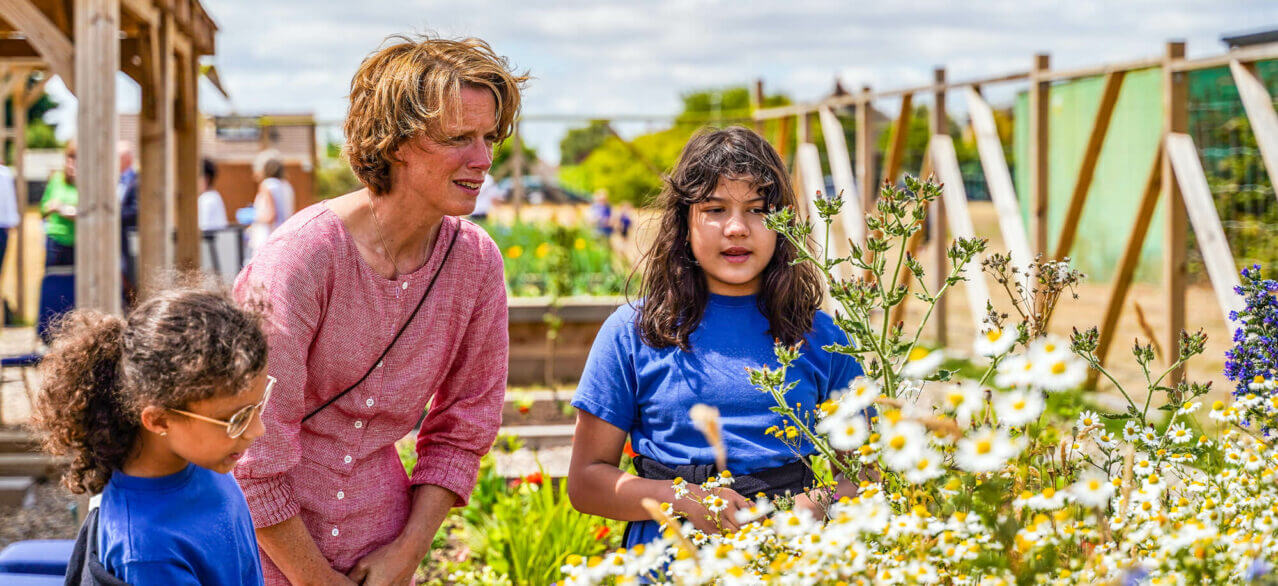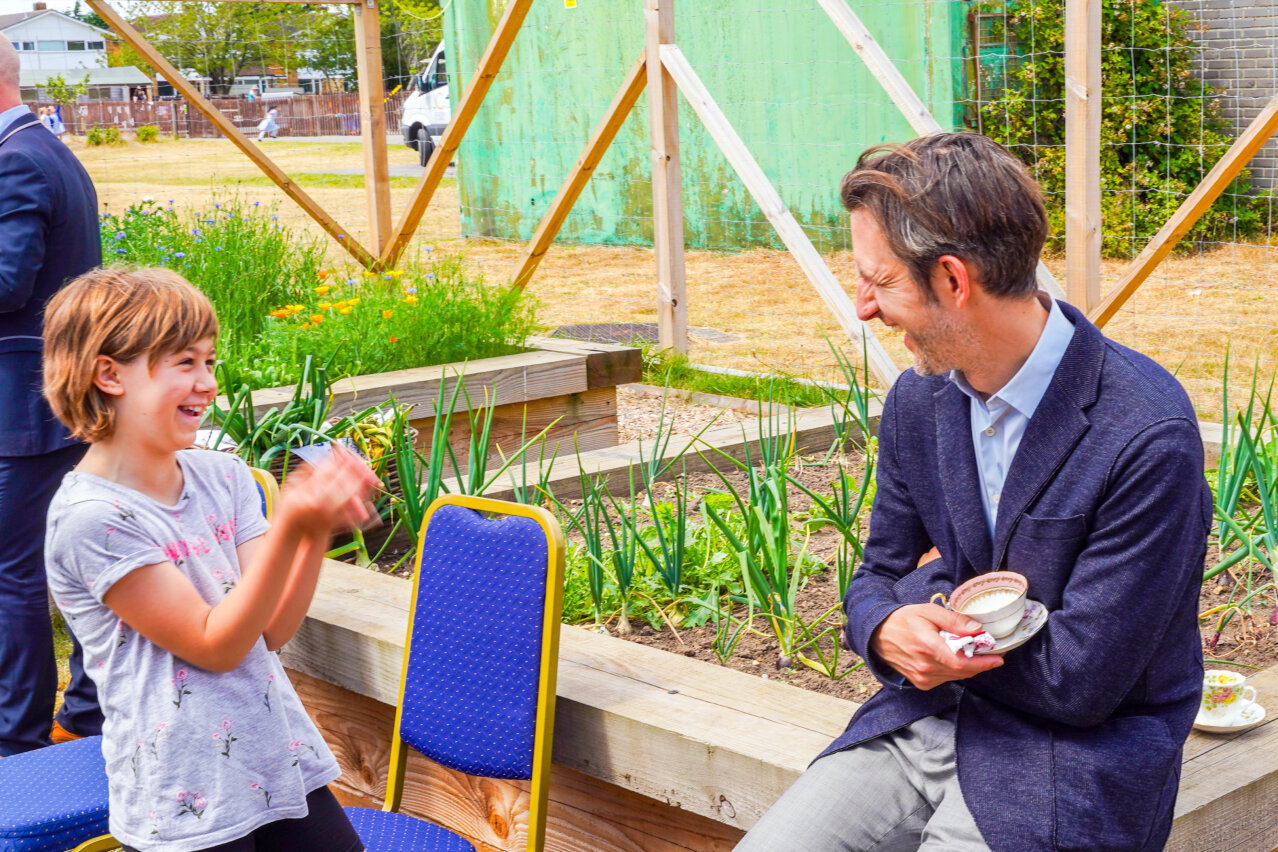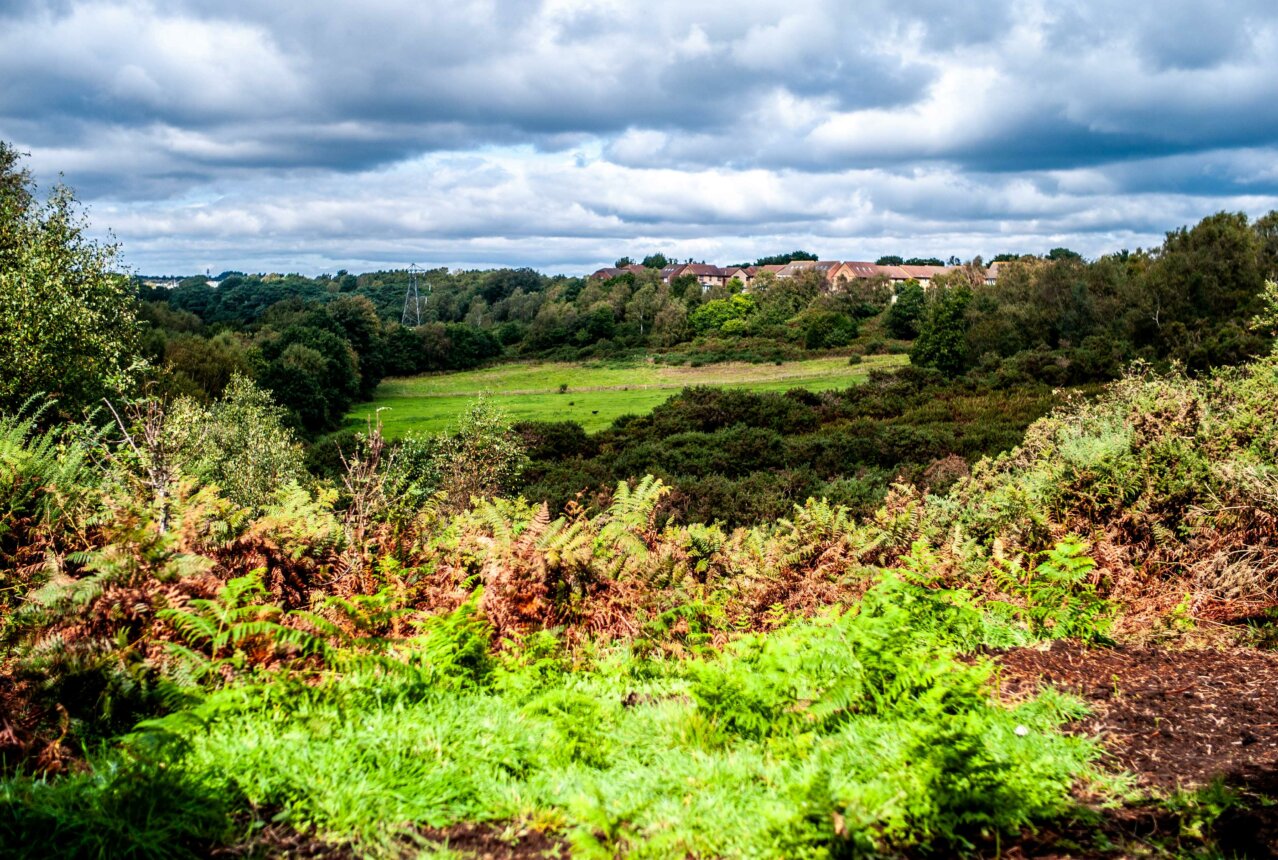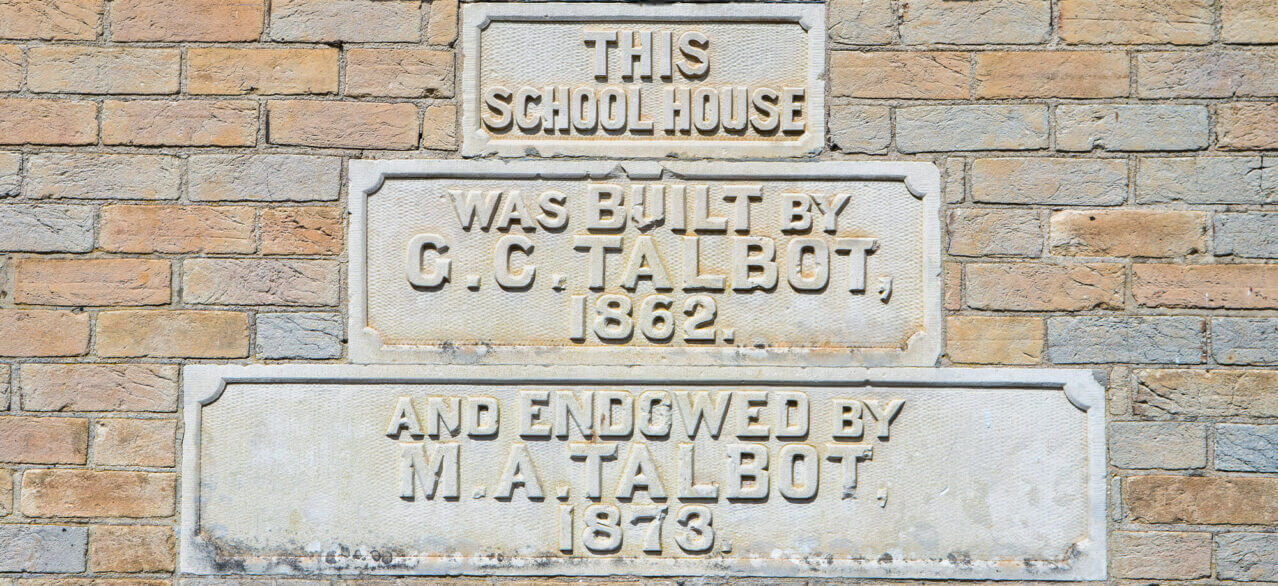In the 1840's, Mary Anne and Georgina rented land from local landowners to alleviate rural poverty by creating work for local people.
Using their family inheritance, the sisters were able to fulfil their vision to encourage industry and provide employment through the purchase of land at Wallisdown
The land would be used to create dwellings, farms and produce – a new self-sufficient community that would look after each other from the youngest to the eldest.
The new model village comprised six farms, 16 cottages, seven almshouses, a school and a church. Talbot Village provided homes, jobs and education; improving opportunities and helping people to live well. The local church, St Mark’s provided space to meditate, while the newly-planted woodland provided leisure and recreation.
Since their passing, the legacy of the Talbot sisters continues by charitable trust, ensuring that our work today carries forward their mission, purpose and values.
